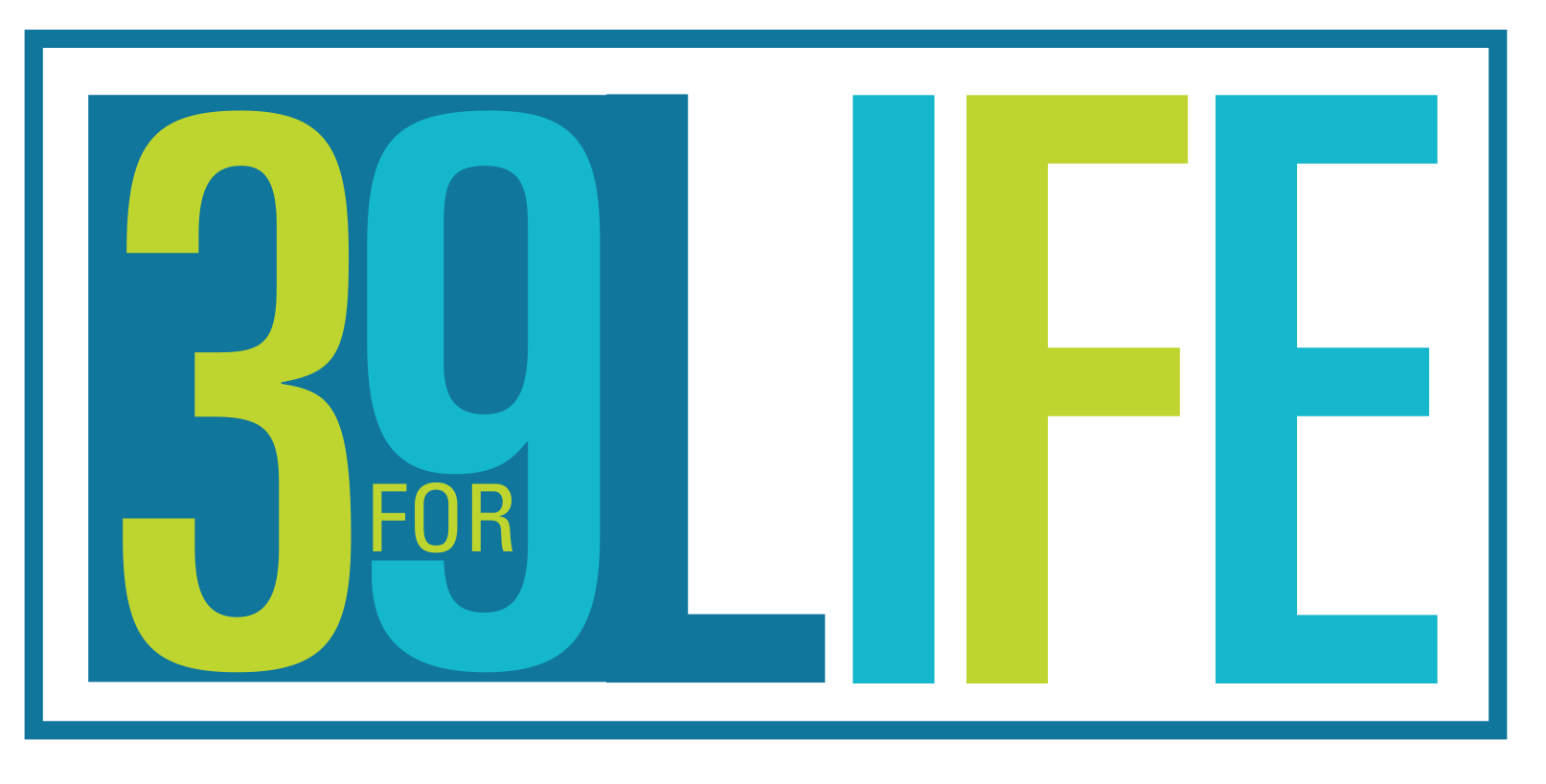The AMA recommends colonoscopies for everyone beginning at age 50, and earlier if you are at a high risk or have symptoms. Colonoscopies should be repeated every 10 years unless there are polyps, cancer, or other irregularities found during your procedure. Your doctor will discuss the finding with you and inform you how long to wait before your next colonoscopy.
During the colonoscopy, your doctor will look at the entire rectum and colon. To do this, your intestines need to be clean so you must follow a prep, which is designed to eliminate everything from your bowels.There are several different preps for this procedure; each doctor has his/her own preferences. No matter which prep you both decide to follow, here are some tips to make it easier.
Drink clear liquids for an additional 12 hours
Even if the prep calls for a diet of clear liquids the day prior to the procedure, following a clear liquid diet for an additional half day beforehand is helpful.
Protect your skin
Using Desitin or another diaper rash cream helps ease the discomfort and keeps your skin from having that raw/burning feeling.
Skip the toilet paper
Use baby wipes. They are softer than toilet paper and clean better.
Keep your air fresh
If the odor bothers you or others in your home, try Poo Pourri, a spray that when sprayed in the toilet water before use eliminates any odor from the bowl. Spraying Poo Pourri into the bowl after flushing prepares it for your next visit.
Stay hydrated
Don’t forget to drink. Drink clear liquids all day. Drinking improves the outcome of the prep. So, bottoms up!
Whichever prep you use, these steps make it a little more comfortable. Remember to drink plenty of clear liquids and pamper your bottom with baby wipes and diaper rash cream.





